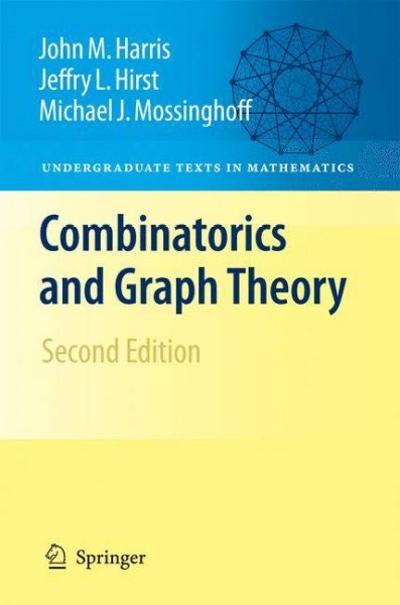Question
In 1998, as an advertising campaign, the Nabisco Company announced a 1200 Chips Challenge, claiming that 18-ounce bags of their Chips Ahoy cookies contained on
In 1998, as an advertising campaign, the Nabisco Company announced a "1200 Chips Challenge," claiming that 18-ounce bags of their Chips Ahoy cookies contained on average more than 1200 chocolate chips. Dedicated statistics students at the Air Force Academy (no kidding) purchased some randomly selected bags of Chips Ahoy cookies and counted the chocolate chips. Some of their data are shown below:
1219 1214 1087 1200 1419 1121 1325 1345
1244 1258 1356 1132 1191 1270 1295 1135
The mean chips based on the sample (i.e.,x) is 1238.19. Assume that the number of chocolate chips per bag is normally distributed, with a standard deviation= 100.
We will use the above data to perform a hypothesis test to evaluate Nabisco's claim with up to 5% chance of committing a type I error.
Question 1. Letbe the mean number of chocolate chips per 18-ounce bag. Select the alternative hypothesis from the choices below:
Ha:x-bar > 1200
Ha:mean >x-bar
Ha:mean (not equal) 1200
Ha:mean > 1200
Ha:mean < 1200
Question 2.What is the value of the test statisticz?
Question 3. What is the P-value? (Use 3 decimal places)
Question 4. Based on the P-value what is your conclusion for this hypothesis test?
Accept the alternative hypothesis since the sample meanis more than 1200. The probability that this conclusion is correct is .95.
Do not reject the null hypothesis. There is insufficient sample evidence to conclude that the mean number of chocolate chips per 18-ounce bag is more than 1200; Nabisco's advertising claim is false.
Reject the null hypothesis; since the sample meanof the data is more than 1200, we can conclude that Nabisco's claim is accurate; the mean number of chocolate chips per 18-ounce bag is more than 1200. The probability that this conclusion is in error is .05.
Question 5. What type of error might we be making in our conclusion of question 4?
Type II error.
A Type I error and Type II error are both possible.
Type I error.
Step by Step Solution
There are 3 Steps involved in it
Step: 1

Get Instant Access to Expert-Tailored Solutions
See step-by-step solutions with expert insights and AI powered tools for academic success
Step: 2

Step: 3

Ace Your Homework with AI
Get the answers you need in no time with our AI-driven, step-by-step assistance
Get Started


